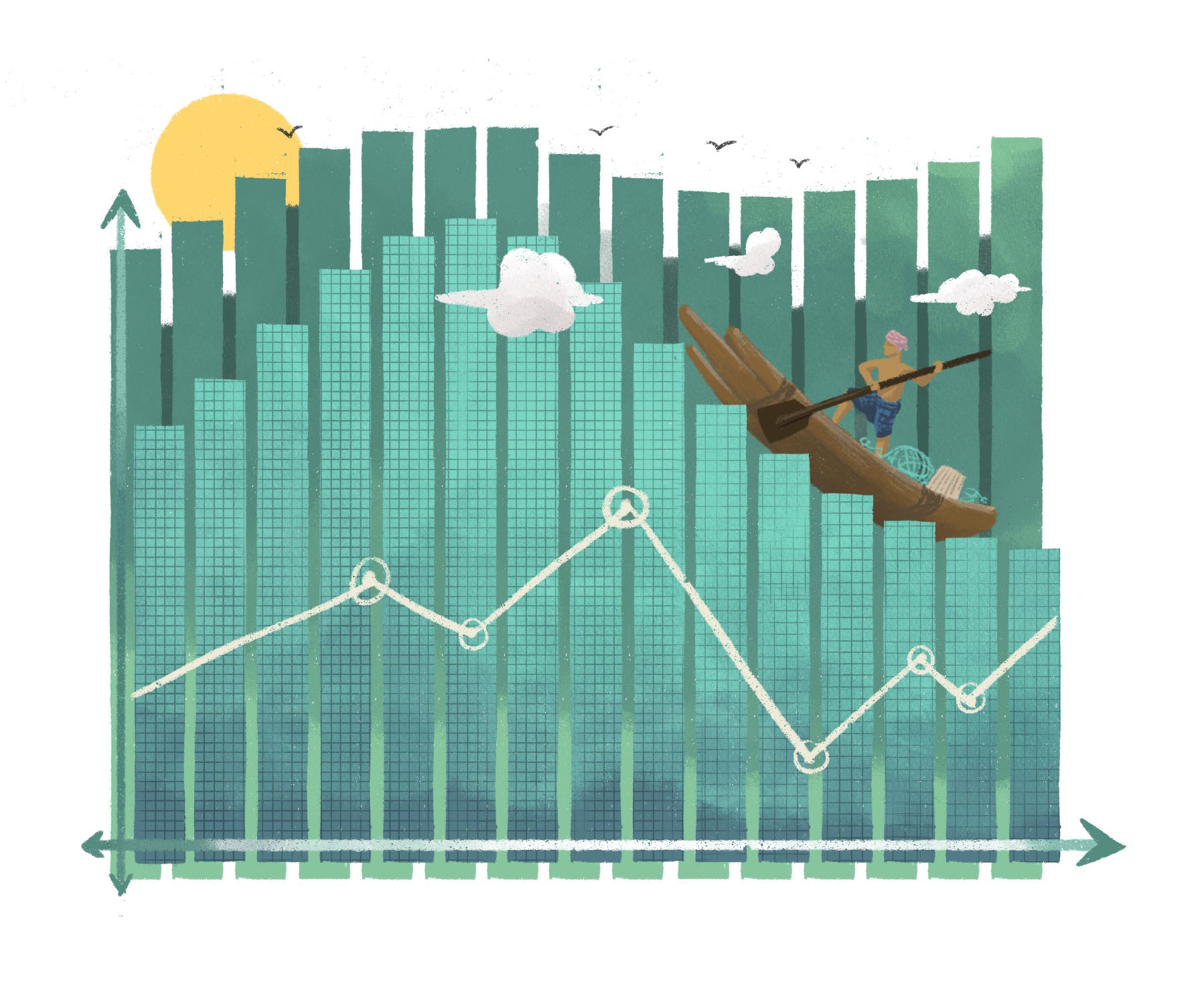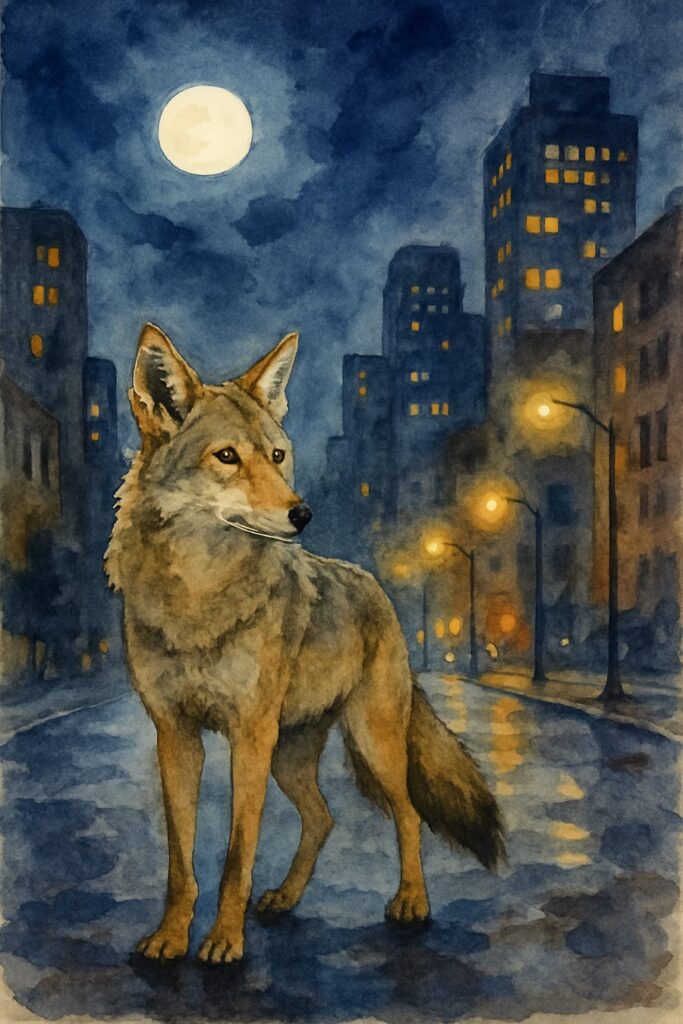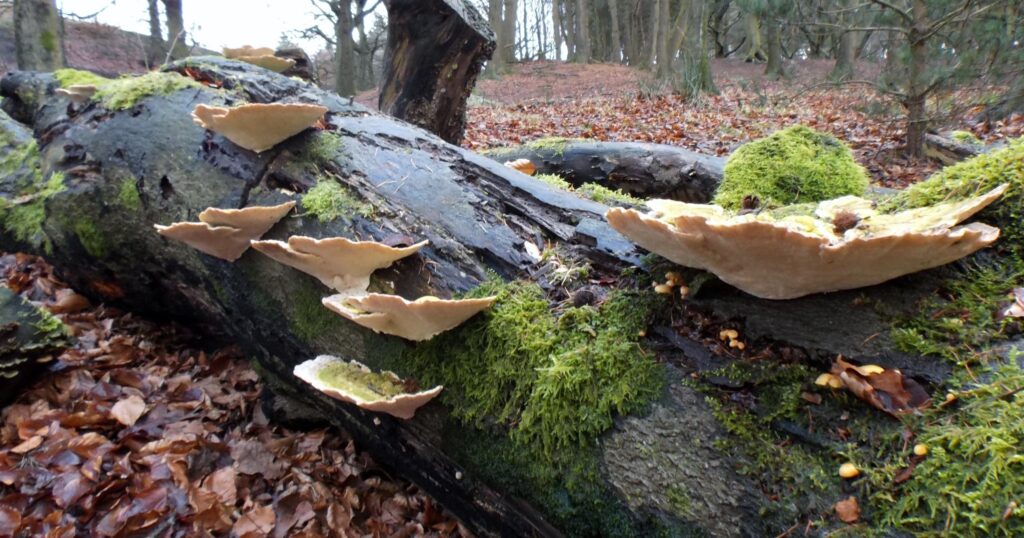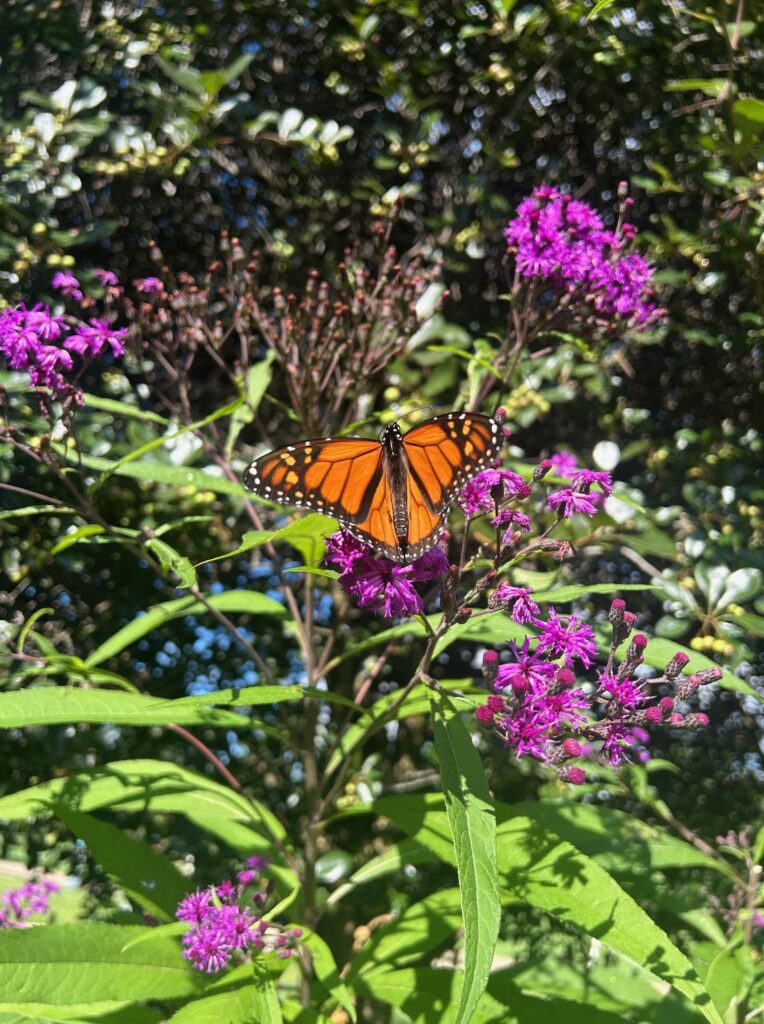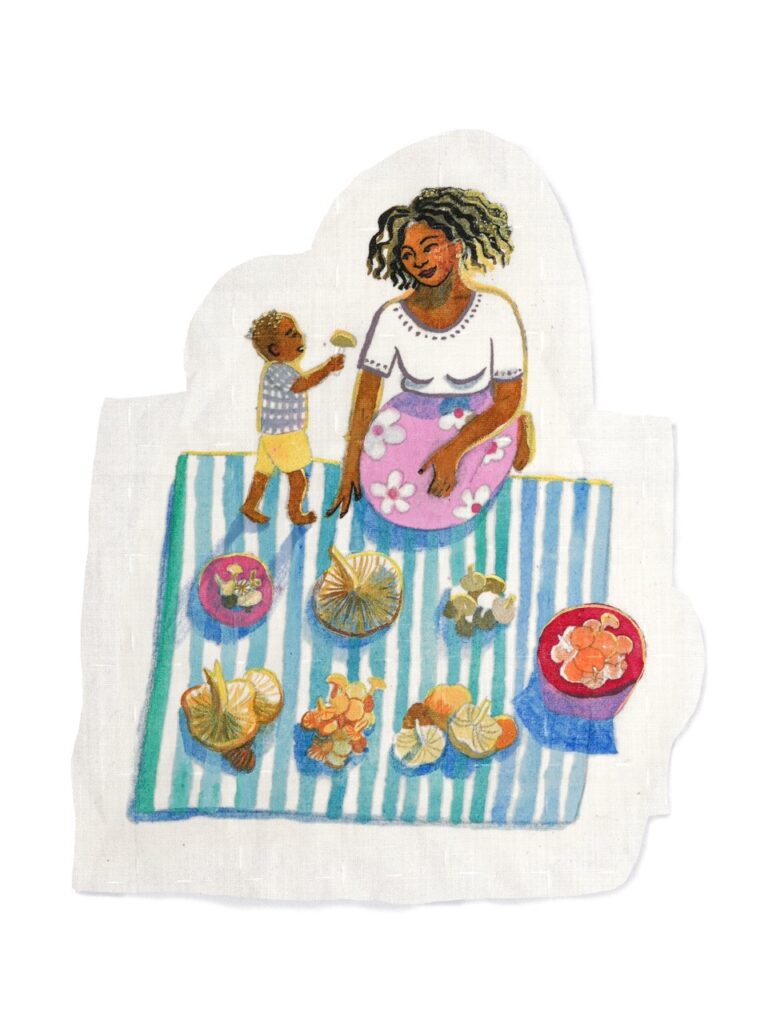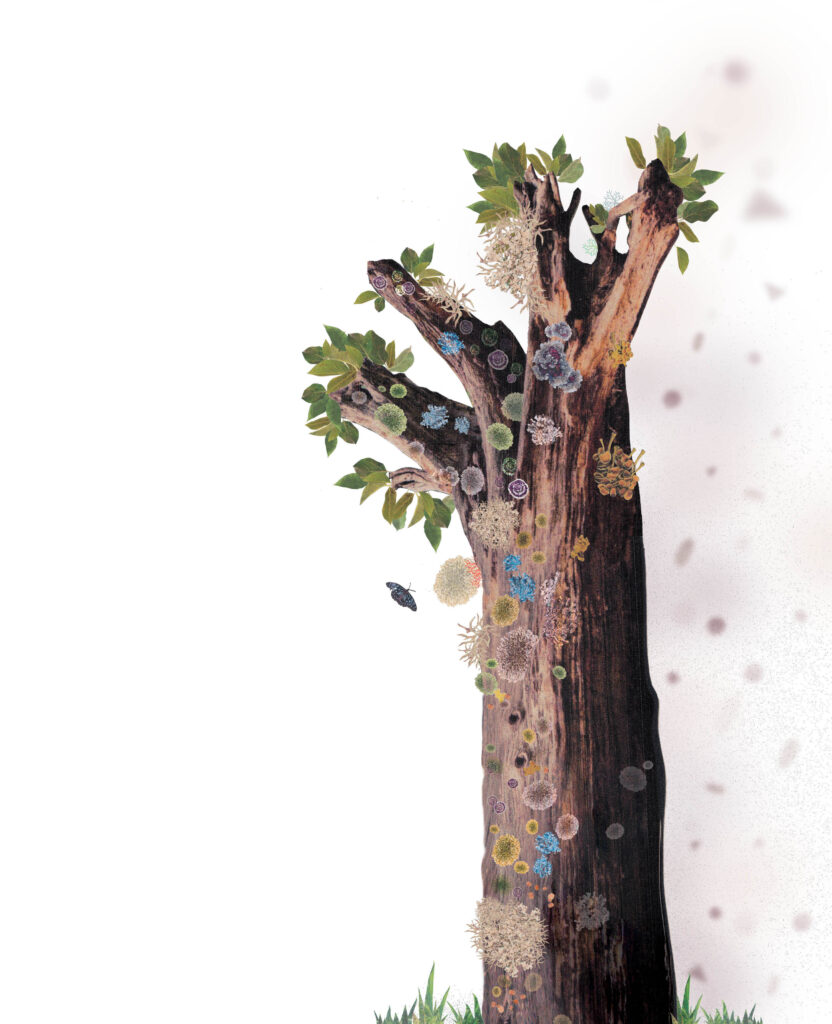Coastal communities along the Indian Ocean are among the most vulnerable to climate change. Rising sea levels, intensifying cyclones, saltwater intrusion, and erratic weather are no longer distant threats—they are unfolding now, threatening homes, health, and livelihoods across the region. These changes are already disrupting food systems, freshwater access, and the economic foundations of coastal life.
The Indian Ocean is more than a geographic feature—it is a vital, life-sustaining force for millions across South and Southeast Asia, East Africa, and island nations. It supports marine biodiversity and underpins both small-scale livelihoods and broader regional economies. Yet despite its centrality, climate communication often fails to reach the communities that depend on it most.
Addressing climate change in the Indian Ocean region demands more than scientific data—it requires communication that is clear, locally grounded, and actionable. When communities understand the changes unfolding along their coasts and within their marine ecosystems, they can adapt, participate in climate governance, and build resilience. Bridging the gap between climate science and lived experience is essential—so that those most affected are also the best prepared.
Coastal realities
For climate communication to be effective, it must begin with an understanding of the audience. Coastal communities bring deep-rooted knowledge, observations, and lived experiences that shape their understanding of the environments around them. Their perspectives are influenced by generational wisdom, cultural beliefs, and practical knowledge of coastal ecosystems. However, these insights are often overlooked in climate discussions, as communicators (such as trainers) sometimes assume they are starting with a ‘blank slate’.
Instead of seeing coastal communities as passive recipients of scientific knowledge, climate communication should recognise and build on what they already know. Coastal communities have observed shifts in fish migration, changes in monsoon patterns, and worsening coastal erosion. Linking these first-hand observations to broader climate trends and technical notions can make climate communication more relevant, relatable, and actionable, effectively bridging the gap between scientific discourse, policy actions, and lived experiences.
Translating climate science
One of the major challenges in climate communication is the complexity (and sometimes incommensurability) of scientific language, particularly when discussing climate governance and adaptation strategies. Concepts like ‘carbon sequestration’ or ‘global warming potential’ often have no direct equivalents in the regional languages spoken by maritime communities along the Indian Ocean. Instead of relying on simplifying these concepts alone, climate communication could focus on how these changes are experienced in daily life.
For instance, rather than explaining ocean acidification with technical jargon, communicators can discuss its impact through observable changes in shellfish like oysters and mussels, whose weakened shells or declining numbers may signal environmental stress in coastal ecosystems, which in turn threatens the livelihoods of small-scale fisherfolk. These stories can open up discussions about possible causes and help relate these changes to broader climate processes like the carbon cycle in non-technical, accessible terms.
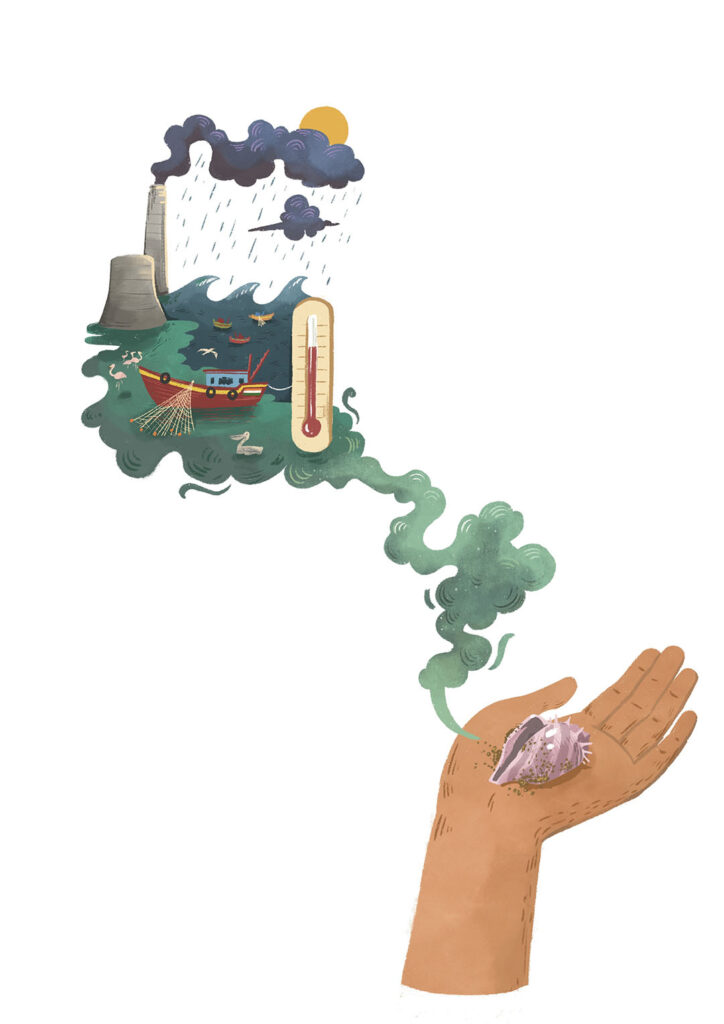
Another significant challenge in climate communication is the disconnect between abstract climate projections and the immediate priorities of coastal communities, who often focus on daily survival rather than long-term environmental risks. To make global climate debates locally relevant, it is essential to connect them to proximate problems such as changes in weather patterns, declining fish catch, saltwater intrusion into drinking water sources, and the increasing frequency of cyclones—while explicitly linking these to changes in global climate.
For instance, rather than presenting sea-level rise along the Indian Ocean’s shorelines as an abstract or isolated concept, communicators can discuss how this global phenomenon directly affects everyday life. Rising global temperatures, driven by greenhouse gas emissions, are causing polar ice caps to melt and oceans to expand—leading to higher sea levels. This rise increases the inland reach of saltwater, contaminating drinking water sources and gradually reducing the productivity of coastal lands.
Similarly, declining fish catch may not only be due to overfishing but also to shifting ocean temperatures and acidification—both consequences of climate change. By clearly attributing these impacts to climate change while illustrating their immediate effects, discussions can pave the way for exploring adaptation strategies, such as salt-tolerant crops, improved drinking water access, or loss and damage support. This approach ensures that climate action feels more immediate, actionable, and directly tied to the global climate crisis.
Furthermore, a one-size-fits-all approach to climate communication often falls short. Different groups within coastal communities along the Indian Ocean—such as small-scale fishermen, women in seafood processing, or youth engaged in alternative livelihoods—experience climate change in distinct ways. A blanket message about, say, the increasing frequency of cyclones may not resonate as much as a discussion on how extreme heat affects fish storage, or how it strains women’s health as they walk long distances under the sweltering sun to collect drinking water for their households.
Engaging pedagogical strategies
For climate communication to be engaging and impactful, it must move beyond instructor-driven lectures and reports. Interactive and participatory methods are more effective in ensuring meaningful learning. Some key approaches include:
Storytelling and oral narratives
Coastal communities across the Indian Ocean—ranging from Sri Lankan fisherfolk to Malagasy coastal dwellers—have strong oral traditions, making storytelling a powerful tool for climate communication. Folktales, historical anecdotes, and personal experiences can help connect abstract scientific concepts and lived realities.
For instance, instead of explaining shoreline erosion purely as a scientific phenomenon, communicators can draw on local accounts of once-thriving fishing spots that have vanished due to coastal degradation. Along Kenya’s coastline, fisherfolk in Lamu recall how their fishing grounds have shrunk due to mangrove loss and rising sea levels. In the Maldives, older generations remember the ocean as an endless source of beauty and abundance. Today, that very ocean threatens their existence—rising sea levels have caused saltwater to seep into freshwater sources, making groundwater unfit for cooking, watering plants, or growing food.
In India’s Sundarbans—one of the world’s largest mangrove forests—where rising sea levels and increasing salinity threaten livelihoods, older residents recount how freshwater ponds once supported fisheries and agriculture but are now turning brackish, forcing communities to adapt. Meanwhile, in coastal Bangladesh, communities share stories of how tidal floods have become more frequent and intense, inundating homes, contaminating drinking water, and forcing people to elevate their homes or migrate seasonally.
Stories of past cyclones in Odisha—such as Cyclone Phailin in 2013 and Fani in 2019—and how traditional knowledge helped people prepare, can make climate risks feel more immediate while preserving indigenous wisdom. By framing climate change through familiar narratives, communities can connect emotionally to the issue, making it more relevant and actionable.
Audio-visual instructional methods
Audio-visual methods can enhance climate communication by engaging audiences more effectively than traditional blackboard-driven sessions. Tools like infographics, animated videos, and data visualisations simplify complex climate concepts, while interactive approaches— such as virtual simulations, remote-sensing images, and 3D models—make them more tangible.
For instance, along the coast of Mozambique, a participatory activity where community members sketch their village’s shoreline as they remember it from childhood, then compare it with satellite imagery, can spark meaningful conversations about disappearing beaches, shifting tides, and the urgent need for adaptation strategies.
In the Seychelles, drone footage capturing coral reef degradation due to warming seas visually underscores the impact of ocean acidification, deepening public understanding of climate-induced marine changes. Similarly, in Madagascar, where coastal erosion is a mounting concern, time-lapse videos of receding shorelines help communities grasp the gradual yet alarming pace of change, reinforcing the urgency of conservation and adaptation. These immersive approaches not only foster deeper understanding but also inspire proactive planning for coastal resilience.
Hands-on and experiential learning
Active participation could strengthen climate understanding by making scientific concepts more tangible. In many coastal settings, engaging communities in simple and hands-on monitoring activities can serve as powerful tools to connect climate variability with local realities.
For instance, in regions where fish species exhibit seasonal variation or repeated spawning visits, community-kept logs can help track ecological patterns over time. In low-lying agricultural zones affected by saline intrusion, participatory soil testing may raise awareness of changing environmental baselines. Similarly, in areas experiencing erratic rainfall or declining groundwater levels, maintaining community diaries of rainfall and water table fluctuations can support long-term understanding of climate-driven shifts in coastal water security.
These participatory approaches not only build local knowledge but foster meaningful community engagement in climate adaptation efforts. Extending this further, rather than simply explaining the role of mangroves in coastal protection, communities might better grasp their importance through direct observation and collective reflection. In contexts like Bangladesh’s Sundarbans or Odisha’s Bhitarkanika region, guided visits to areas with varying degrees of mangrove degradation could help participants observe differences in shoreline stability, water clarity, and fish presence—offering insights into how mangroves might function as natural buffers against erosion and storm surges.
Likewise, in parts of East Africa such as Zanzibar, involving coastal communities in planting and monitoring mangrove saplings—alongside dialogue on their role in the carbon cycle—could nurture deeper connections between ecosystem restoration and climate resilience.
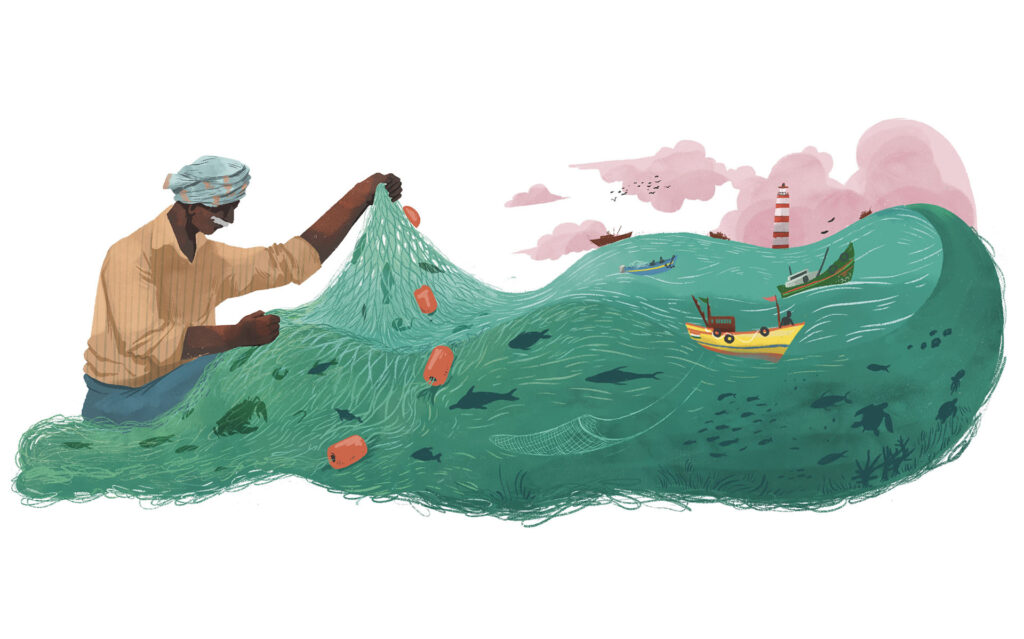
Community-led dialogues
Climate knowledge should be co-created with local communities to ensure relevance and inclusivity. Organising discussions where fisherfolk and farmers, especially women, share their observations helps ground climate communication and adaptation strategy within lived experiences. These local insights can then be linked to broader climate science, fostering a sense of ownership and encouraging practical solutions.
For example, in Oman, Cyclone Gonu (2007) severely damaged desalination plants, leading to widespread water shortages and exposing coastal communities’ vulnerability to climate-induced water scarcity. In Somalia, rising temperatures are believed to have accelerated fish spoilage, directly affecting small-scale marine fisheries. Along Pakistan’s southern coast, women engaged in drying and processing fish struggle to preserve their catch due to extreme heat, leading to economic losses. Meanwhile, in coastal Tamil Nadu, caregivers are noticing a rise in heat-related health issues, particularly among the elderly and children.
By integrating these lived experiences with scientific knowledge, climate communicators can help communities develop locally relevant strategies—such as improved water conservation, climate-resilient fishing practices, and targeted health interventions.
Beyond external expert-driven strategies
For climate communication to be truly effective, it must be rooted in equity and mutual understanding. Often, a major constraint to effective climate communication is the perception that climate knowledge is ‘external’—originating from scientists, policymakers, or NGOs, rather than being grounded in the lived experiences of the community. This disconnect can lead to scepticism or disengagement from coastal communities. The way forward is through shared learning—where climate knowledge is not simply delivered, but co-created with those most affected who also possess expert knowledge of such changes and their impacts using local ecological knowledge.
To truly advance, climate communication in the Indian Ocean region must go beyond merely ‘raising awareness’ to driving meaningful collaborative action. Participatory approaches—where communities themselves record and communicate environmental shifts, share traditional knowledge-based insights across locations, and engage in collaborative solution-building—help ensure that responses are both locally relevant and scientifically accurate.
By fostering trust and prioritising collective learning, we can bridge the dichotomies of knowledge systems, transforming climate adaptation into an inclusive, sustained effort rather than an imposed directive. Ultimately, when climate action is embedded within community-driven knowledge systems, adaptation becomes not just a response to change, but a pathway to resilience, autonomy, and long-term empowerment.
